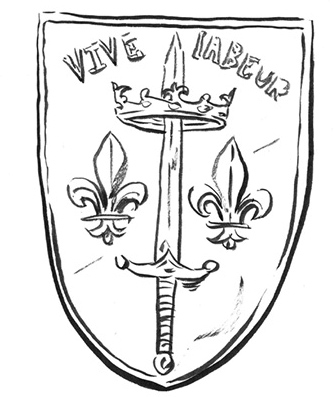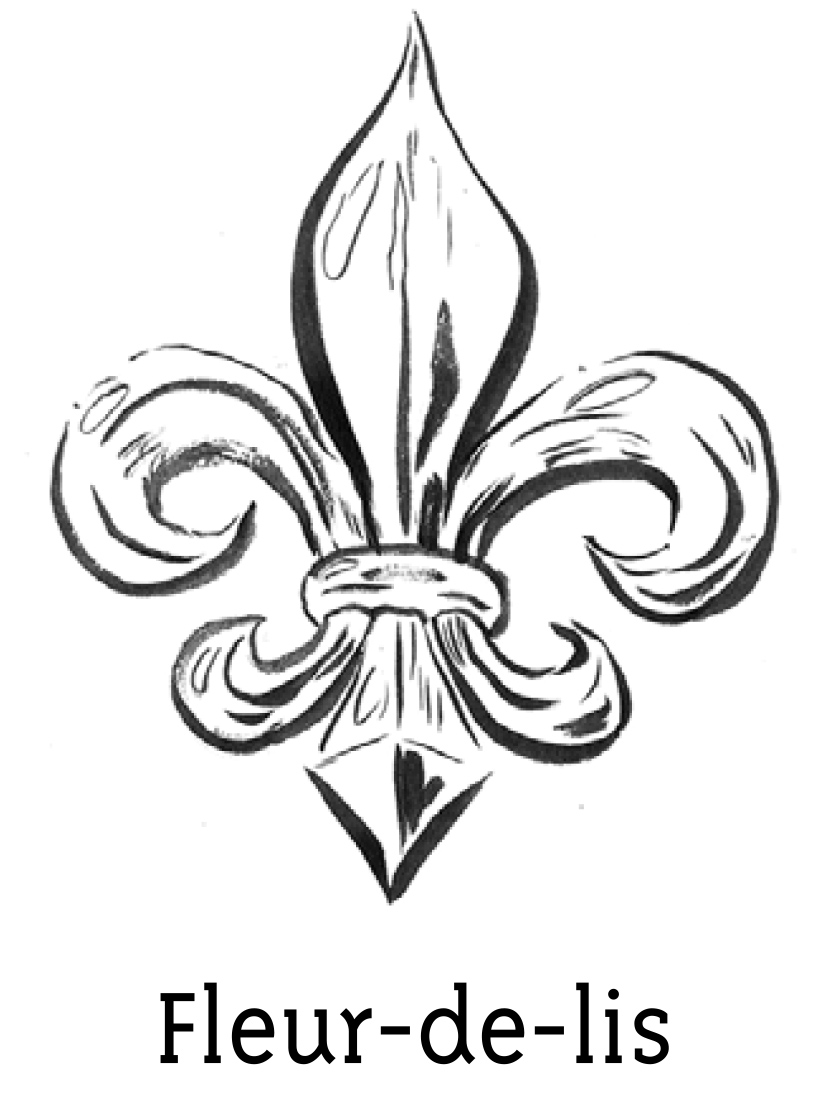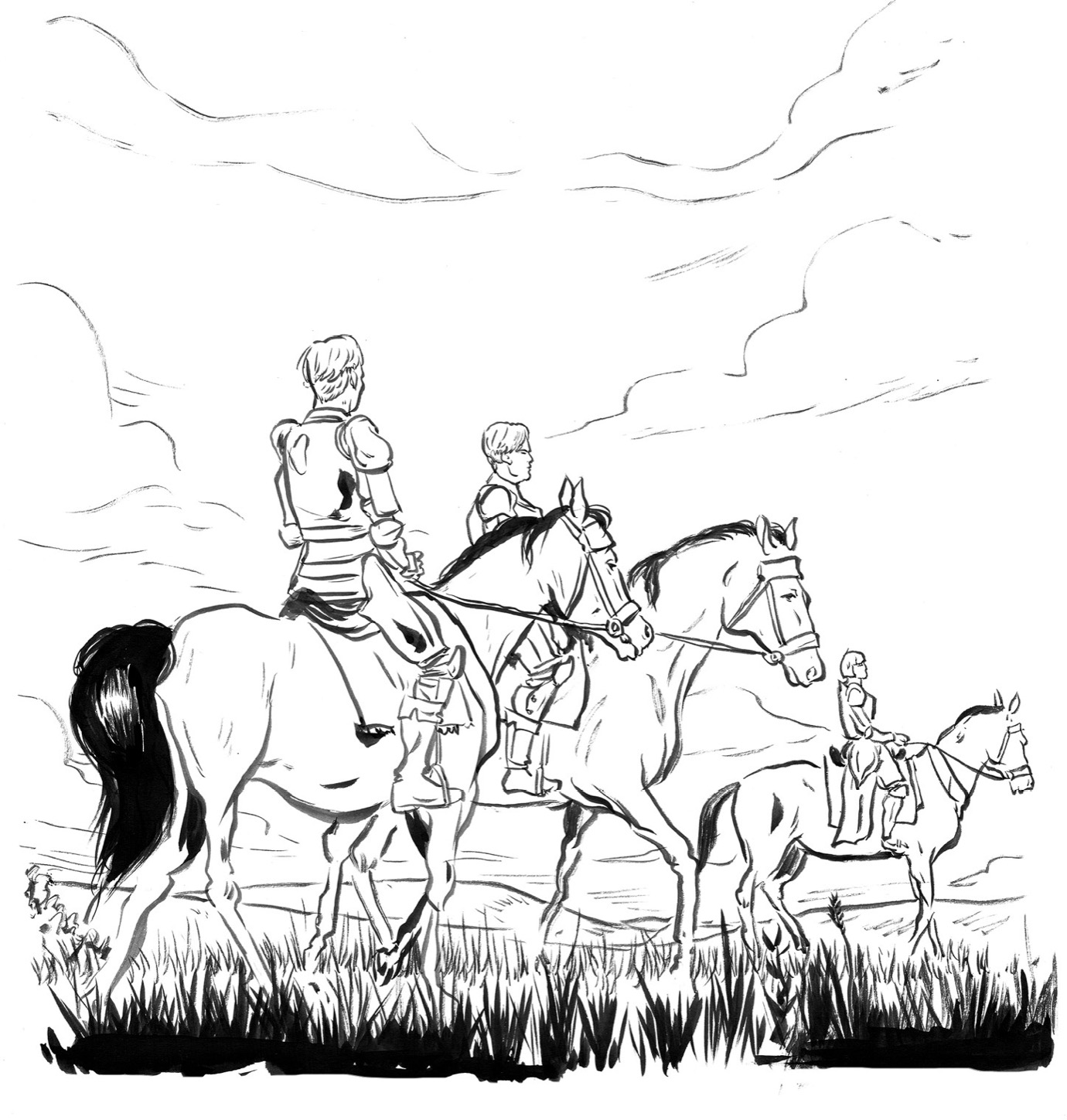CHAPTER 7
Capture
Many of the soldiers in King Charles’s army wanted to keep fighting. They hoped to capture even more French towns from the English. But Joan was ordered to do nothing. While waiting for instructions from Charles, she traveled with the king’s court. Joan grew impatient. She didn’t like waiting.

Over in England, in November 1429, the young son of England’s Henry V was crowned king of France. Now there were two kings who believed they ruled France, one French and one English.
Charles VII declared Joan’s family to be noble—a royal honor—and gave her a new last name: du Lys. The name meant “of the lily.” He also gave them a coat of arms. But Joan continued to call herself the Maid. She didn’t much care about being noble. She still just wanted to free France. She was not happy when Charles signed another truce with the duke that would last until Easter 1430.


In the spring of 1430, Joan was given permission to take her two brothers and a few hundred volunteers to capture a French town from the English. While on the road, during Easter week, she had a vision telling her that by Saint John’s Day (June 24), she would be captured. On her journey she stopped in a town to find the people gathered around a statue of the Virgin Mary, praying. They told Joan that a baby had just been born who seemed to be dead. Could she heal him?

Joan had told people over and over that she did not have special magic powers from God. She could not bless things or heal people. But she joined the others in praying for the baby. Suddenly the infant moved. He yawned three times. The baby lived for several days—just long enough to be baptized. Catholics at the time believed a person must be baptized in order to go to heaven. So these people believed Joan had saved the baby’s soul.

On May 23, Joan and her men slipped into a town surrounded by English soldiers. Joan thought her troops could fight them off. When the English attacked, Joan rode out of the city walls to fight. The English were driven back to their camp. Joan and her men followed, chasing many of them far from the town. At that point, Joan and her men turned back to the city. Joan had led the chase after the English, but now she was behind everyone else, guarding the rear like a good captain would.

The governor of the town had been watching the fight from the city walls. Fearing that the remaining English soldiers would invade, he ordered that the city gates be shut once the French soldiers were safely inside. Some of the French soldiers—including Joan herself—did not make it in time. Joan fought hard against the English soldiers who surrounded her until an archer pulled her from her horse. Some of her loyal men—including her brother Pierre—tried to save her, but couldn’t.
The archer turned Joan over to his commander. At last the Maid had been captured.
She would never be free again.
